Malda district throws up Buddhist wonder – in Jagjivanpur
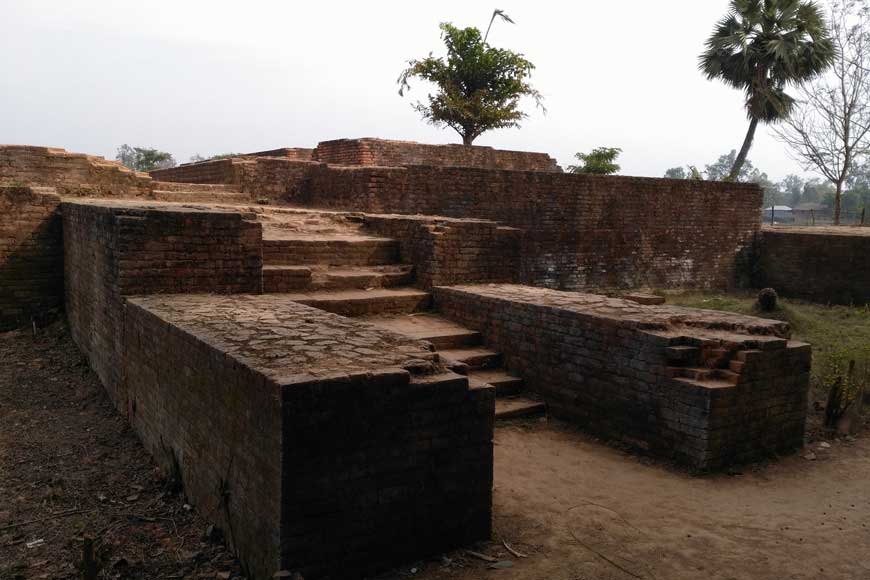
Imagine chanting Buddhang Swaranam Gachhami in the middle of a Mango and Mosque town of Malda. But isn’t that what Bengal is all about? Where humanity reigns, where art mingles, where tradition and culture reign above religious divide. Jagjivanpur – one of the Buddhist excavation sites of Malda proves that unison to a large extent. Located in Habibpur Block of Malda District and is around 36 km from Malda town, one can take a toto or scooty ride across village roads to reach the place after an hour ride. The excavation site of Jagjivanpur is known as Nandadirghi Vihar. Locals call it ‘Tulabhita’ or ‘Salaidanga’.
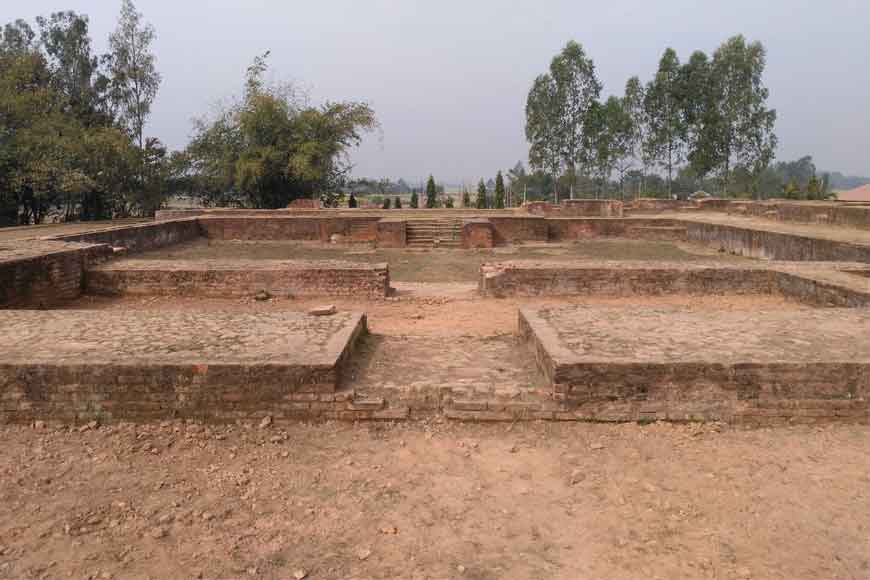
Jagjivanpur was discovered by chance around 30 years back when villagers had stumbled upon a copper plate charter at the village that led to its discovery. The copper plate sized 52 cm X 37.5 cm was like any other royal plate with a royal seal attached at the top. But there were verses written on both sides of the plate in a long forgotten ancient script. The script later was unearthed as Siddhamatrika, that was prevalent in the 9th century Bengal and is a form of Sanskrit language.
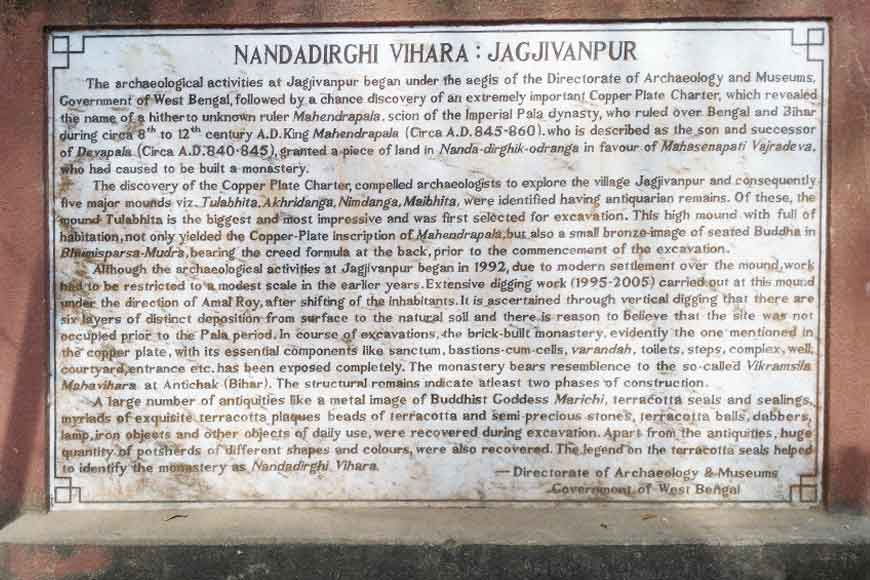
The royal seal at the top consisted of a Dharmachakra with deer on sides, a lotus and legend Sri Mahendrapaladeva. The importance of the plate lies in the fact that it tells the tale of the King who was hitherto unknown in the history of Bengal. The plate was issued by King Mahendrapaladeva of the Pala dynasty during the seventh year of his rule on the 2nd day of Baishak month. Mahendrapaladeva was the son of the most famous Pala rulers of the 9th century, Devapala. The charter mentions the construction of a monastery (vihara) under the patronage of General (Mahasenapati) Vajradeva at Nandadirghika Udranga. Vajradeva requested the king to grant him the land for ‘worship and copying manuscripts.’
The discovery of the charter from the mound during 1987 led to extensive excavation work in the Jagjivanpur area that started in 1992. Several mounds can be now seen in the area including Tulabhita, Nandagarh, Rajar Mayer Dhipi, Nimdanga and Akhridanga. Excavations have led to the discovery of the outline of a monastery, two monastic cells, stupa and other terracotta artifacts. The structure consists of sanctorum, cells, balcony, steps, bathroom complex, well, courtyard and entrance. Towers at four corners were also seen. Buddhist statues, plaques and other important seals were found during the excavation that confirms that a thriving and well- organized monastic order was present. The terracotta plaques of man, lion, bear, peacock, Hindu and Buddhist deities were found too. The pictures of some important plaques and objects found from the site are displayed at the site.
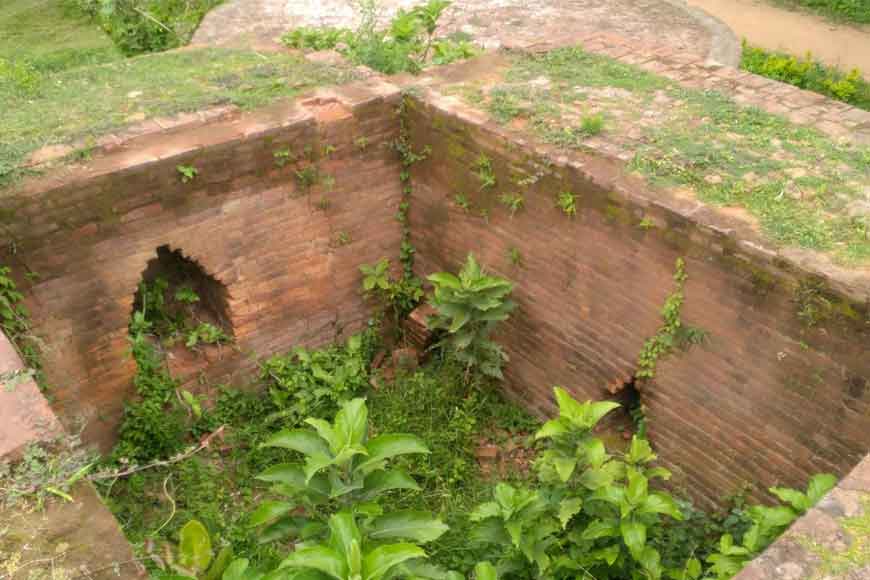
Excavation at Jagjivanpur not just throws light on the archaeological splendour of Bengal, but a lot on the ‘unknown’ history of Malda. While Bihar and parts of Orissa are known for Buddhist Viharas, it is surreal that in the heart of North Bengal existed a thriving Buddhist community. The place can be a part of the Buddhist circuits of Eastern India. A museum with the terracotta artefacts found during excavation will soon come up. Locals are upbeat that once a part of the Buddhist circuit, more tourists will throng the place.
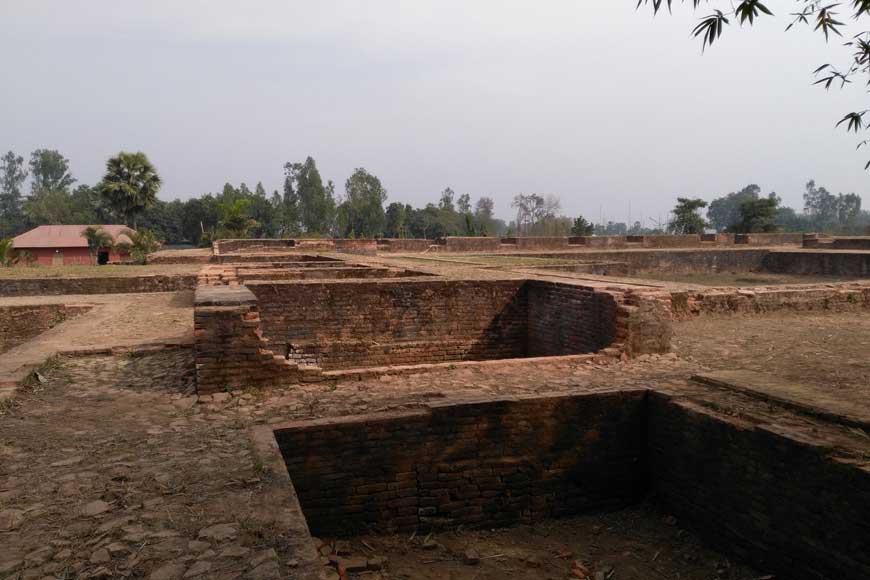
How to Reach Jagjivanpur:
Malda Town is the nearest railway station. From Malda Town, Jagjivanpur is 36 km away after crossing Aiho, Bulbulchandi and Habibpur. From Malda town, you can book a car to Jagjivanpur or drive down directly from Kolkata to Malda.
Stay At:
There are numerous lodges and hotels at Malda and Malda Tourist Lodge.
Places to visit:
You can also visit Gour, the ancient capital of Bengal and Adina mosque.










